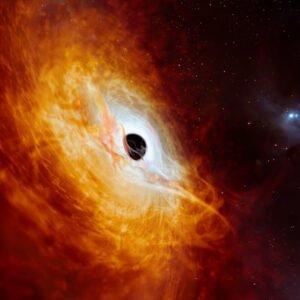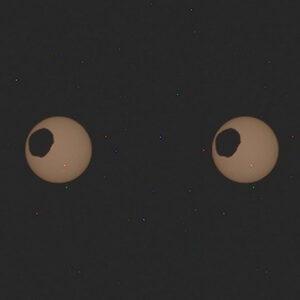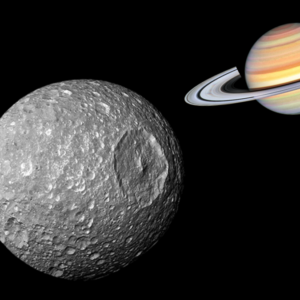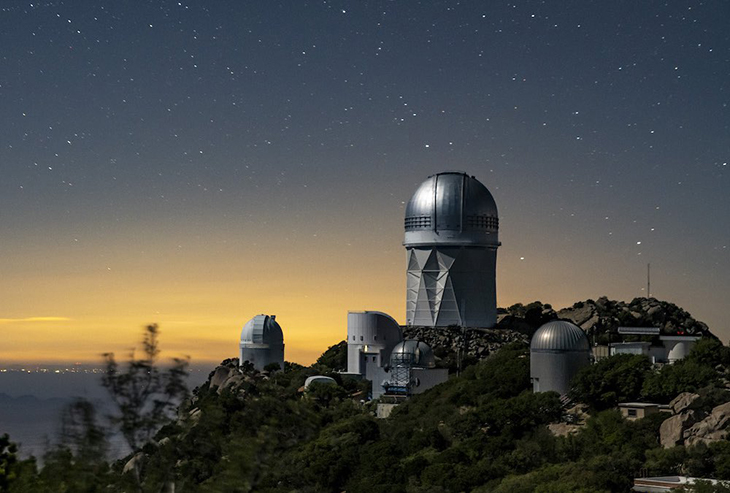
A group of researchers has generated a three-dimensional map containing over 700,000 celestial objects within the universe. This intricate map has been meticulously crafted by scientists aiming to investigate the impacts of dark energy.
Within the vast expanse of the cosmos, the majority of matter falls into two categories: dark matter, an unseen form of mass that expert’s gravitational attraction between galaxies, constructing cosmic structures; and dark energy, an even more enigmatic force responsible for the universe’s expansion and acceleration.
In an endeavor to unravel the effects of this mysterious force on our reality, experts at the Lawrence Berkeley National Laboratory have harnessed the capabilities of the Dark Energy Spectroscopic Instrument (DESI). This advanced tool is employed to chart the characteristics of over 40 million galaxies, stars, and quasars, unraveling the enigma of dark energy’s influence.
Recently, the collaborative efforts disclosed its initial dataset to the public, featuring nearly 2 million celestial objects and a staggering 100,000 galaxies, all available for examination by researchers. This vast dataset, spanning 80 terabytes, is the culmination of 2,480 exposures conducted over a six-month period during the “survey validation” phase between 2020 and 2021.
Throughout this phase, the researchers ensured that their observational strategy aligned with their scientific objectives, including aspects like the duration needed to observe galaxies with varying luminosity. Additionally, the selection of stars and galaxies earmarked for observation underwent validation.
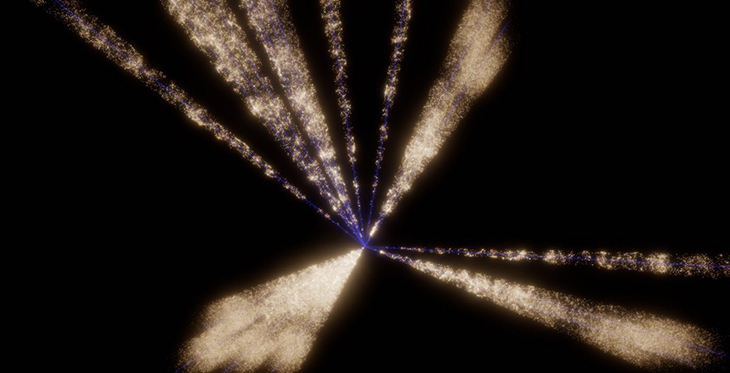
According to Nathalie Palanque-Delabrouille, co-spokesperson for DESI and a scientist at the Department of Energy and Berkeley Labs, “The fact that DESI works so well, and that the amount of science-grade data it took during survey validation is comparable to previous completed sky surveys, is a monumental achievement.”
“This milestone shows that DESI is a unique spectroscopic factory whose data will not only allow the study of dark energy but will also be coveted by the whole scientific community to address other topics, such as dark matter, gravitational lensing, and galactic morphology,” she adds.
DESI leverages a system of 5,000 robotic positioners, adept at maneuvering optical fibers designed to capture light from celestial bodies situated millions or even billions of light-years away. This instrument, heralded as the world’s most potent multi-object survey spectrograph, boasts the capacity to scrutinize light emissions from over 100,000 galaxies within a single night.
By analyzing this light, researchers can discern the distance of a given object, ultimately crafting a comprehensive 3D map of the cosmic landscape.
The provided survey image encapsulates a mere 1% of the complete cosmic territory DESI intends to explore and document.
Preliminary findings from this endeavor have yielded intriguing results. These include signs of a notable mass migration of stars towards the Andromeda galaxy, as well as the identification of exceedingly remote quasars. These highly luminous and dynamic supermassive black holes are often found at the cores of galaxies.
Anthony Kremin, a postdoctoral researcher at Berkeley Lab who led the data processing for the early data release, said, “We observed some areas at very high depth. People have looked at that data and discovered very high redshift quasars, which are still so rare that basically any discovery of them is useful.”
A “red-shift quasar” pertains to the phenomenon of “red-shift,” where the universe’s rapid expansion stretches light from faraway entities into elongated wavelengths. The design of the James Webb Space Telescope accommodates this phenomenon, enabling two of its cameras to perceive infrared light.
“Those high-redshift quasars are usually found with very large telescopes, so the fact that DESI – a smaller, 4-meter survey instrument – could compete with those larger, dedicated observatories was an achievement we are pretty proud of and demonstrates the exceptional throughput of the instrument,” Kremin adds.
Laurie Stephey, a data architect at the National Energy Research Scientific Computing Center – which processes and stores DESI’s data, explained that “If you looked at them, the images coming directly from the camera would look like nonsense – like lines on a weird, fuzzy image.”
Stephey goes on to say, “The magic happens in the processing and the software being able to decode the data. It’s exciting that we have the technology to make that data accessible to the research community and that we can support this big question of ‘what is dark energy?’”
The research project hopes to deliver a wealth of additional data. Currently, DESI is midway through its five-year mission and is ahead of schedule in amassing over 40 million redshifts. To date, the survey has catalogued over 26 million astronomical entities during its scientific operation, with an additional million being added on a monthly basis.
What are your thoughts? Please comment below and share this news!
True Activist / Report a typo
